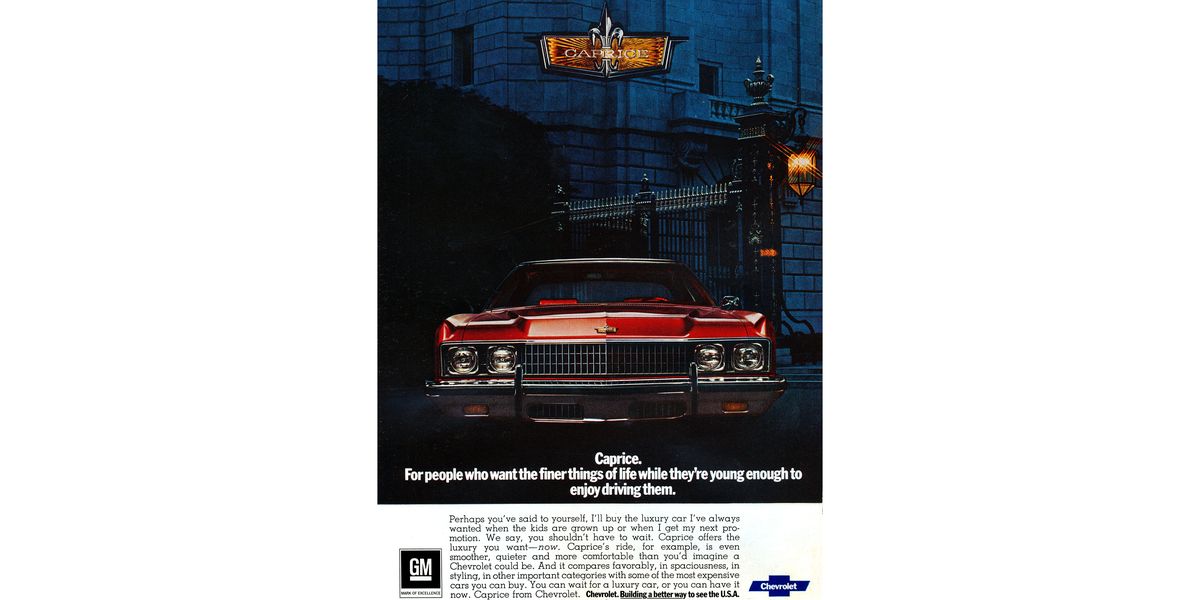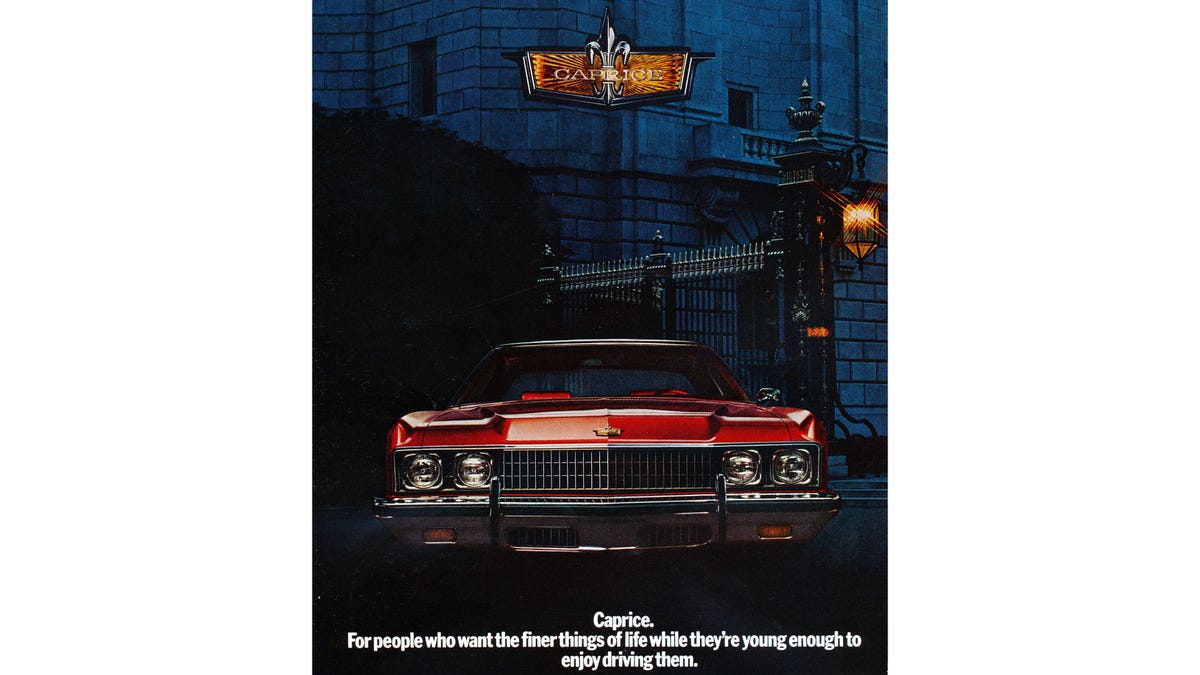I read the writeup and was a bit surprised at how a top of the line, absolutely full size 222" long 80" wide, up to 125mph, 4400lb, Chevy Caprice with a good sized V8 engine (400 or 454ci) and a 20 cubic foot trunk capable of fitting about 10 people! It converts to only $24K in today's dollars.
By today's standards, for that money you get a Honda Civic with the normally aspirated 158HP 4cyl, 184" long, 70" wide 3000lb base model compact. Really, that Caprice was full of features and we are not getting more features for the money today.
From Autoweek:
The Caprice was the king of the full-size Chevrolets in 1973, and a car buyer could easily spend more on a Caprice than on its Pontiac or Oldsmobile platform siblings. MSRP on the '73 Caprice hardtop coupe was $4082 (about $24,142 in 2023 dollars), while the Pontiac Catalina hardtop coupe started at $3869 and the Olds Delta 88 hardtop coupe was $4047. Hell, add a few options and you could get a Caprice price tag up past that of the swanky $4125 Buick LeSabre hardtop coupe.

 www.autoweek.com
www.autoweek.com

By today's standards, for that money you get a Honda Civic with the normally aspirated 158HP 4cyl, 184" long, 70" wide 3000lb base model compact. Really, that Caprice was full of features and we are not getting more features for the money today.
From Autoweek:
The Caprice was the king of the full-size Chevrolets in 1973, and a car buyer could easily spend more on a Caprice than on its Pontiac or Oldsmobile platform siblings. MSRP on the '73 Caprice hardtop coupe was $4082 (about $24,142 in 2023 dollars), while the Pontiac Catalina hardtop coupe started at $3869 and the Olds Delta 88 hardtop coupe was $4047. Hell, add a few options and you could get a Caprice price tag up past that of the swanky $4125 Buick LeSabre hardtop coupe.

Enjoy 1973 Chevrolet Caprice Luxury While You’re Still Young Enough
Why wait to climb the GM Ladder of Success?

Last edited:
